Early 1500s Florentine Fashion In “Lady With A Unicorn”
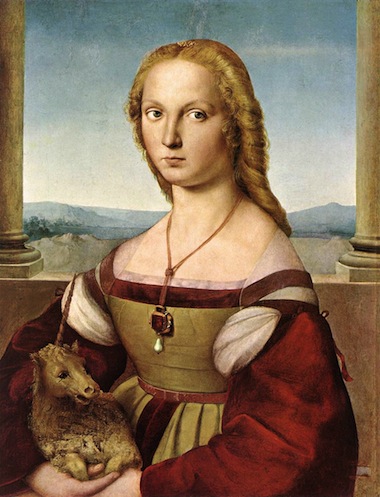
"Lady with a Unicorn," Raphael, c. 1505, Oil on wood, 65 x 51 cm, Galleria Borghese, Rome.
Lady with a Unicorn (c.1505) by Raphael captures viewers who meet the gaze of this young woman with feelings of intrigue and wonder. Her beauty is undoubtedly honored in this portrait, which impeccably highlights the stylistic features of the Renaissance. It is the questionable identity of the sitter and the presence of the unicorn which increases the mystery surrounding this painting.
My fascination with this work of art pertains more specifically to the dress of the sitter. The voluminous sleeves and rich fabrics of her gown are worthy of attention all on their own. Let us briefly discuss the history of this image before closer examination of the fashion portrayed.
History:
Lady with a Unicorn depicts a woman posed in ¾ profile seated in a loggia or balcony while gently holding a unicorn in her hands. She is sitting atop an unseen piece of furniture, and behind her we catch a glimpse of a distant landscape.This portrait bears strong similarities to the Mona Lisa (1503-1506), by Leonardo Di Vinci, which is believed to have possibly influenced Raphael. The unique pose of the sitter and her direct gaze at her viewers are the two biggest connections between these two artworks. In this sense, Raphael’s imitation of Di Vinci’s style is a great show of flattery to the artist.
As for the woman depicted in this portrait, her identity has remained somewhat questionable. Many signs point to Giulia Farnese as the woman portrayed and the portrait is most commonly linked to her. Lucrezia Borgia is also a likely option because the completion of this painting would have been around the time of her marriage into the Este clan. The Borgia colors, red and green, are also prominently represented with her dress. Another claim is this is a depiction of an unknown Florentine woman, due to the style of clothing and its resemblance to other portraits Raphael completed during his time in Florence.
Restoration work on the painting in 1959 revealed that a dog was originally painted in place of the unicorn. Both creatures are symbols of chastity and conjugal fidelity. The reason for the change is also unknown because the woman’s identity is uncertain. The unicorn is also a symbol of the Farnese and Este clan, making its ties to either Giulia Farnese and Lucrezia Borgese even more distinguishable, while not linking it to solely one woman.
The unicorn is perhaps the most significant form of iconography in the portrait, giving us the most clues about the identity of the woman. This further unfolds when we examine the symbolic traits carried by unicorns. According to myth, a unicorn could only be lured by a virgin, and once trapped, the magical creature would sleep in her lap. The unicorn may indicate the purpose of this painting as a betrothal portrait, highlighting the soon to be bride’s virtues.
The Dress:
The fashion in Florence around the early 1500’s was more modest than that of Milan and Venice. Until 1498, the monk Girolamo Savonarola ruled Florence in a harshly pious manner that effectively expelled most luxuries from the city. People were forced to hid their valuables in order to protect them from destruction. This modesty affected fashion for another 15 years after the end of Savonarola’s reign.
The creative cuts and details in dresses eventually appeared when Florence experienced a growth in their silk industry. Florentine fashion began to praise the city’s fine silk fabrics and, under the new Medici reign, court life flourished greatly.Through works of art, we can witness the transformation in fashion that took place during the early 1500s in Florence. Trends began to emerge that embraced luxurious fabrics and styles. Silk, damask, and velvet in luscious colors were favored on gowns that featured decorative bodices and skirt hems. This was combined with sleeves of a different fabric from the gown to give dresses a distinctive Florentine appearance.
In Lady with a Unicorn, the woman is wearing a dress that appears to be primarily composed of a fine green silk. The decadent wine red sleeves and trim are most likely made of velvet. The details, such as the velvet guards on the bodice and stripes along the skirt, are an indication of the more expressive fashion evident in Florence at this point. The stripes may indicate an opening along the front of the skirt, although it is not made clear in the portrait. A front opening would have made this a far from traditional dress and given it a unique feature.
The rather large wine red sleeves are fastened to the bodice with a pair of decorative ribbons at the shoulder. Beneath the sleeves we are able to view the white blouse that billows out around her arms. The abundance of richly colored fabric used for her dress is a fair cry from Florence’s modest past. The decadent silks and velvets are offset by a beautifully delicate partlet that looks to be made of a silk so fine that it is barely visible in this image.
The lady is also adorned in a variety of accessories. The most prominent piece is undoubtedly the pendant which hangs from her neck. The stone matches the deep red of the sleeves of her dress and the knotted chain captures our focus in the center of the image. The pearl during the Renaissance period signifies a woman who is engaged or newly wed, giving us a hint as to her age and position at the time of this portrait.
The woman also wears a ornamental gold headband that sits delicately around her hair. Around her waist, there is a decorative belt that clasps in the front. The barely visible metallic weave of the belt may be made from a fabric. All of these careful details provide us with some insight into the identity and position of the woman who still eludes us to this day.
The Lady with a Unicorn still captivates its viewers who long to know more about who this woman truly is. Although the portrait provides us with some clues, the presence of the unicorn adds yet another element of wonder. The beauty represented is all that we may approach with absolute certainty. As shown in her delicate features and decadent gown, the undisputed allure of Florence during the Renaissance is truly captured in artworks such as this.
*If you liked our latest Chronicle post about Raphael’s "Lady with a Unicorn", let us know! We love to hear your comments here and on our Facebook page. If you haven’t checked out our Facebook page, check us out and say hello! It means so much to us to hear back from our Fabric-Store friends. Thanks!





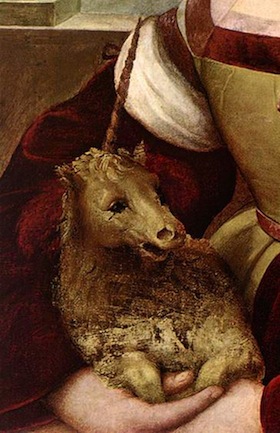
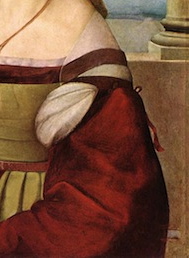
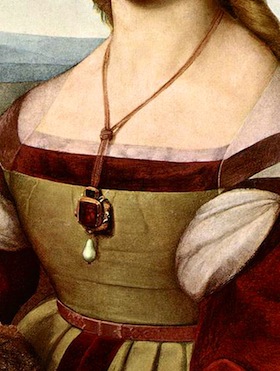
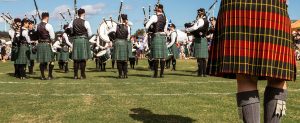
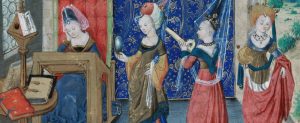
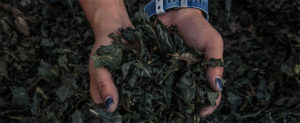

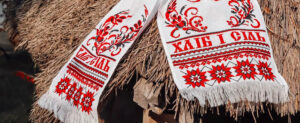
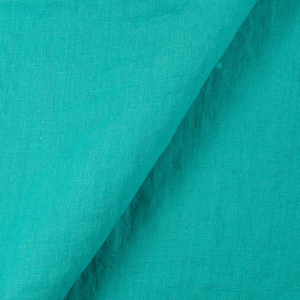


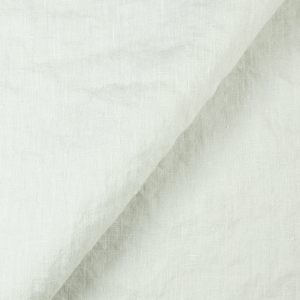

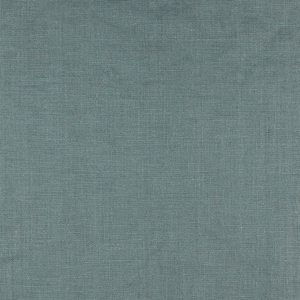











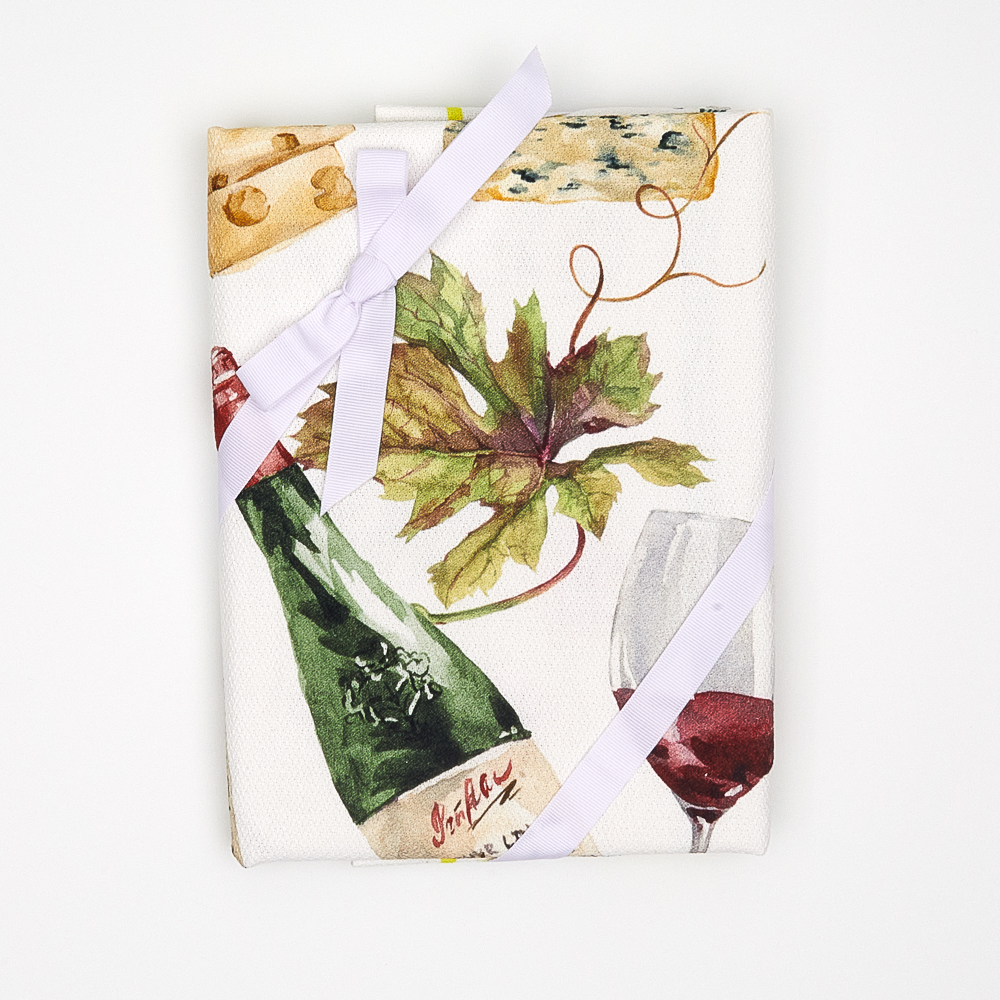








5 Comments
Miguelangel
Thanks for this great article, it’s really import, and significant, it will be really worthy for my homework about this excellent paint.
Sarah McLellan
Great article! This will really help me write my essay for school. Thank You!
Jane
I am the editor of a monthly newsletter for a medieval/renassiance society. Could I have permission to print this article in the newsletter? I would, of course, give you credit.
Masha Karpushina
Hello Jane, of course you can publish it in your newsletter, what is the name of it? We would be delighted. Could you please credit us as http://www.fabrics-store.com. One of our main customer niches is renaissance enthusiasts who we supply with linen for the costumes that they make. It would be really great if you could mention this to your readers.
We are also actually currently seeking writers for our blog who could write on such subjects, if you have anyone in mind who you could recommend, would be really great to get in touch with them.
Rayanne Staubly
Loved the breakdown of information. Thanks so much keep it coming!